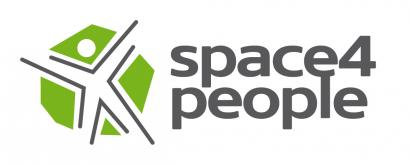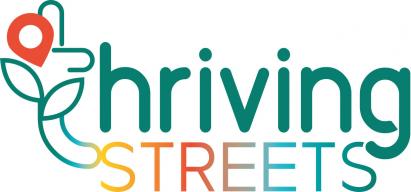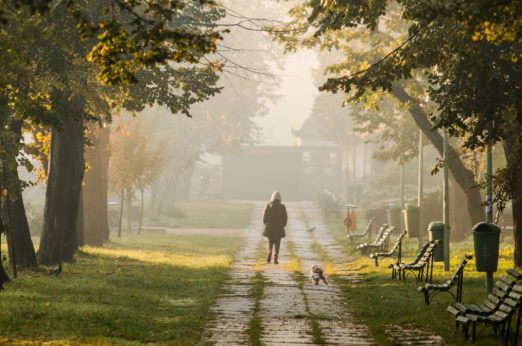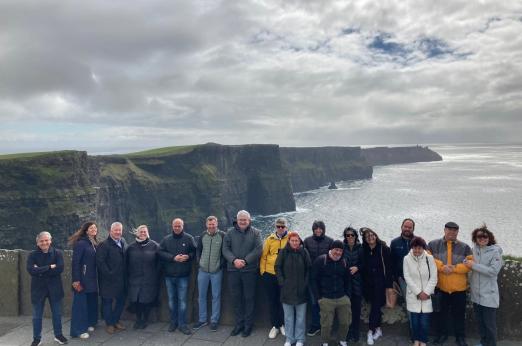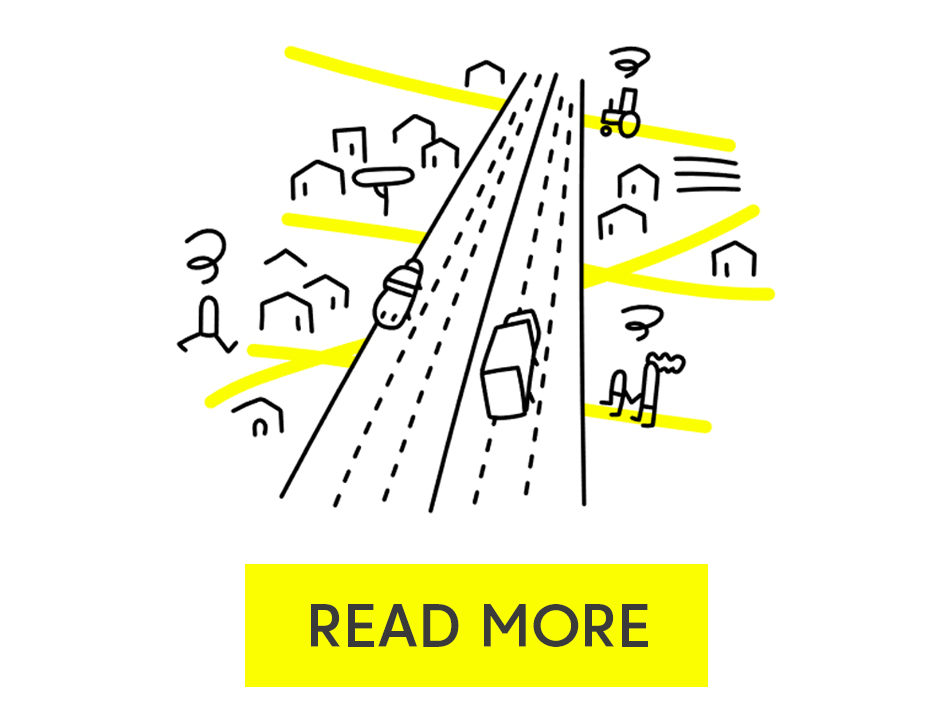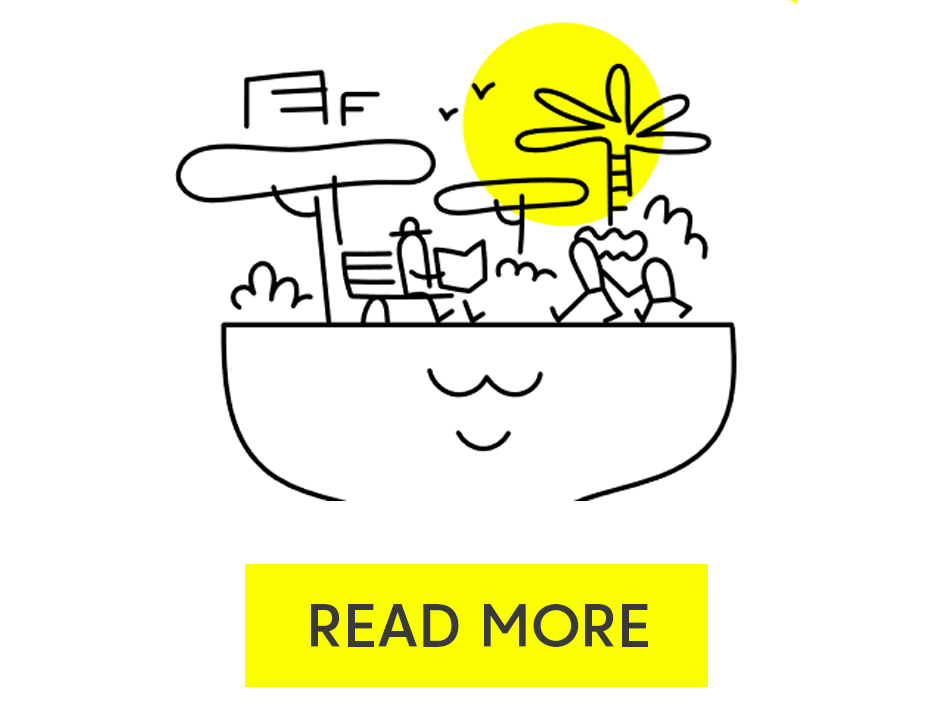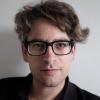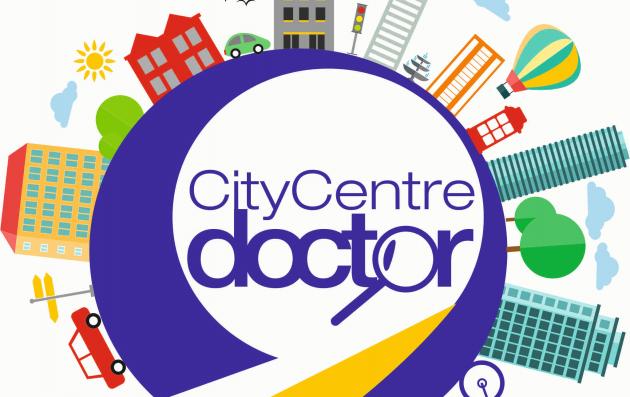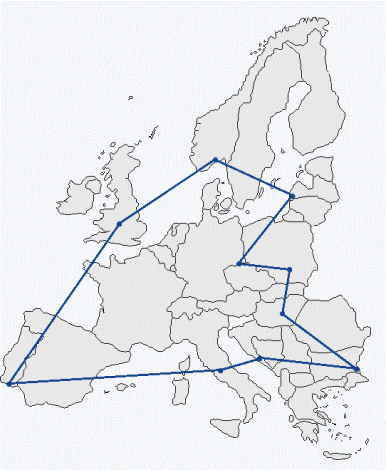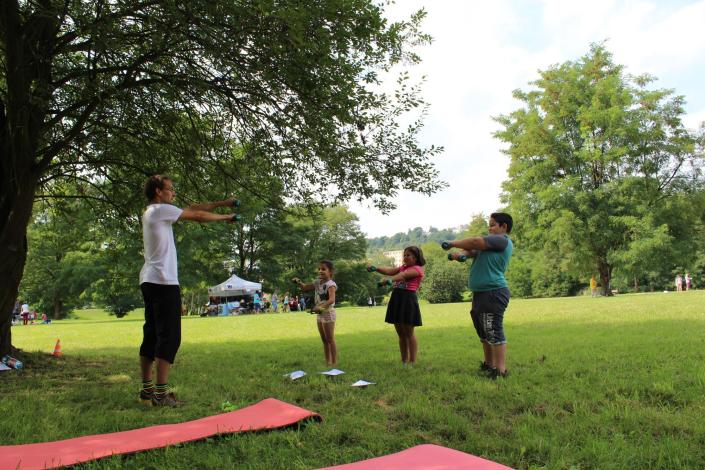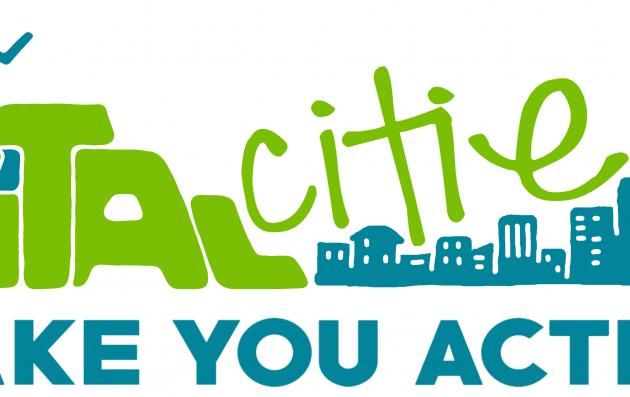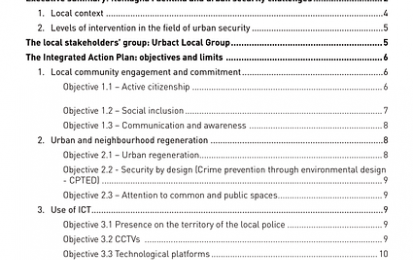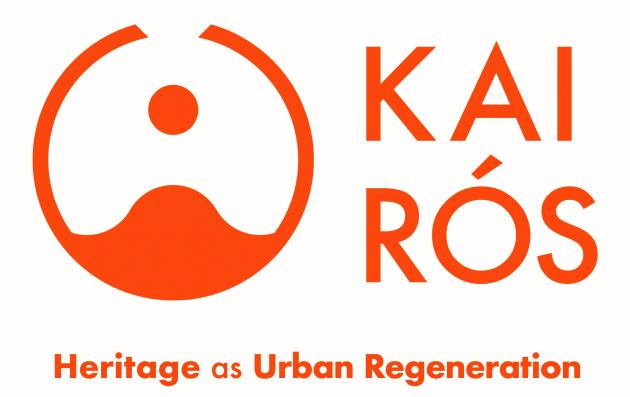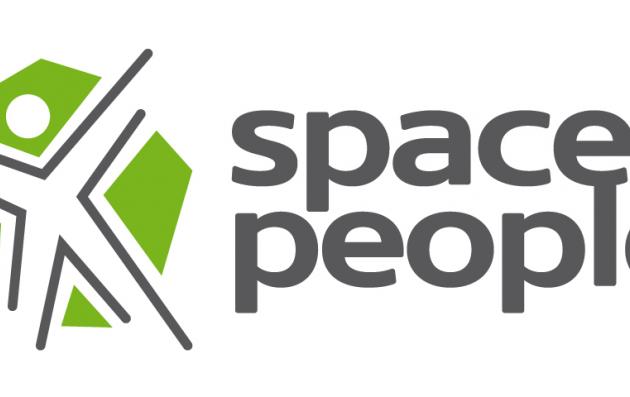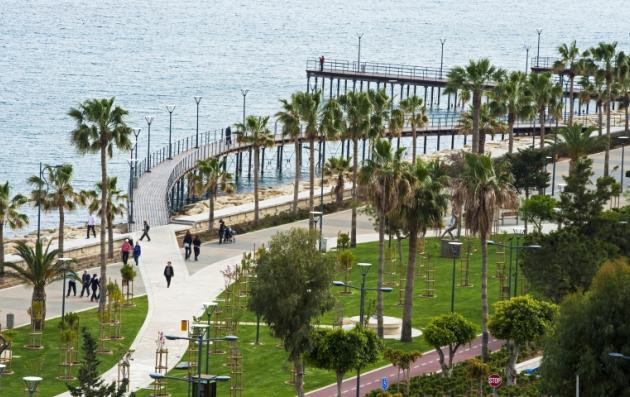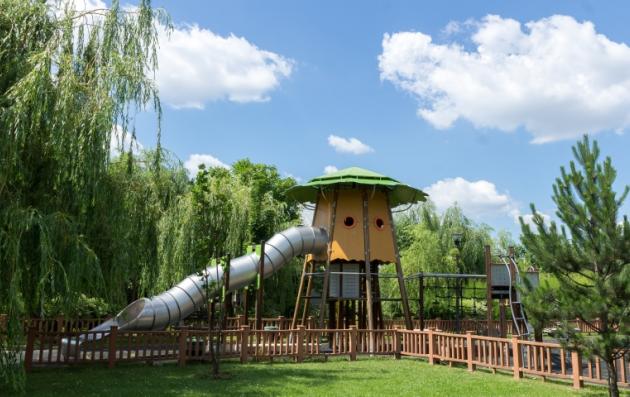Mobility
The Walk'n'Roll lessons were drawn from the following Action Planning Networks (2019 - 2022):
Walk'n'Roll
The URBACT Knowledge Hub brings together good practices from across the EU, with the latest urban trends, to fill the gaps and make sure that the learning is within everyone's reach. Despite of their size and number of inhabitants, cities have often been designed to make room for cars. Three URBACT Networks have reflected on how we can shift the mobility paradigm in Europe to create more inclusive spaces. Together under the Walk'n'Roll initiative, 28 cities -- from towns to metropolises -- have explored common visions and practical interventions through different workshops, events and a series of guidance. Take a ride with us and discover why streets belong to people!
- Climate action
- Urban planning
- Social cohesion
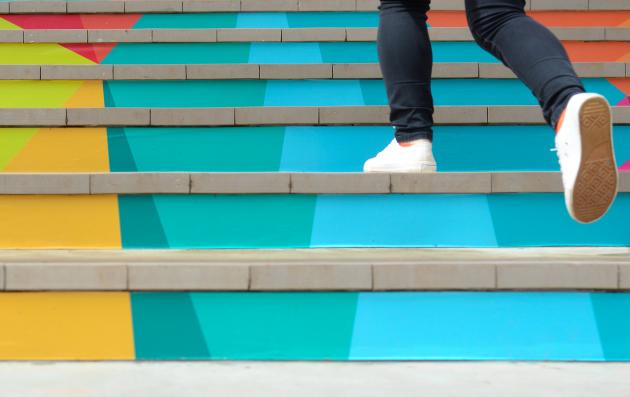
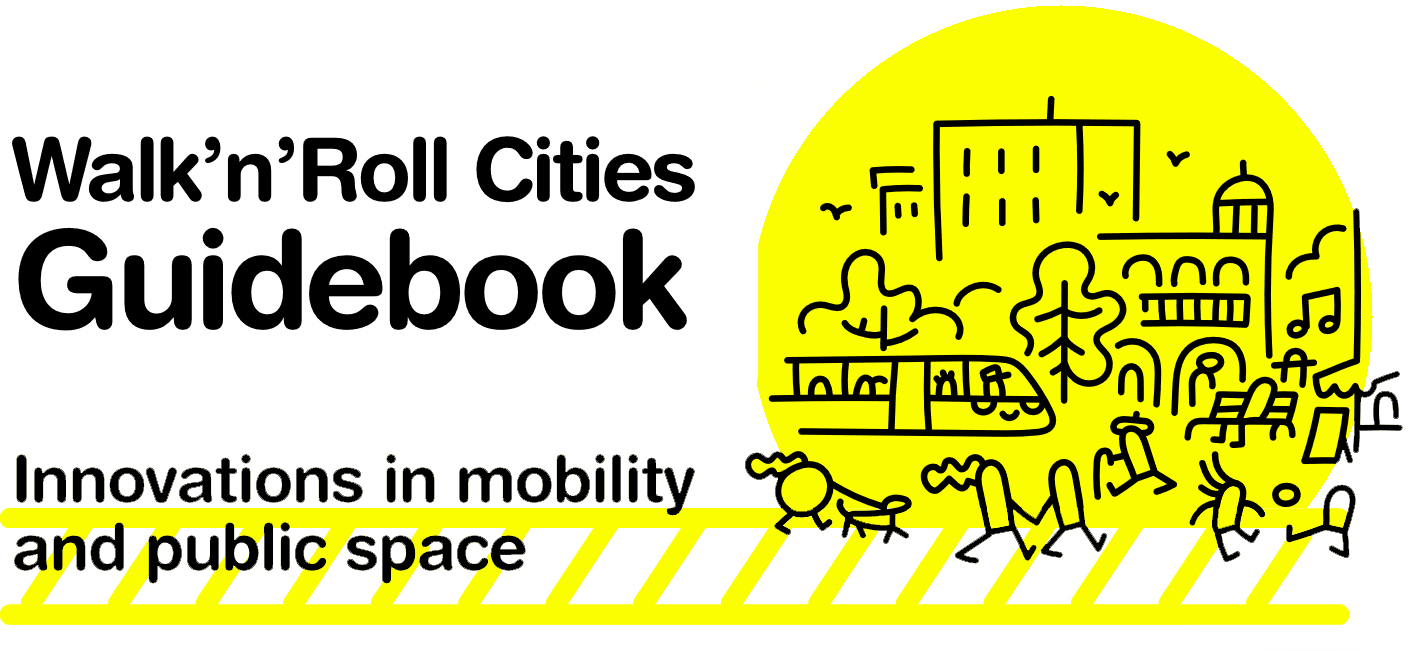
Guidance for cities of all sizes
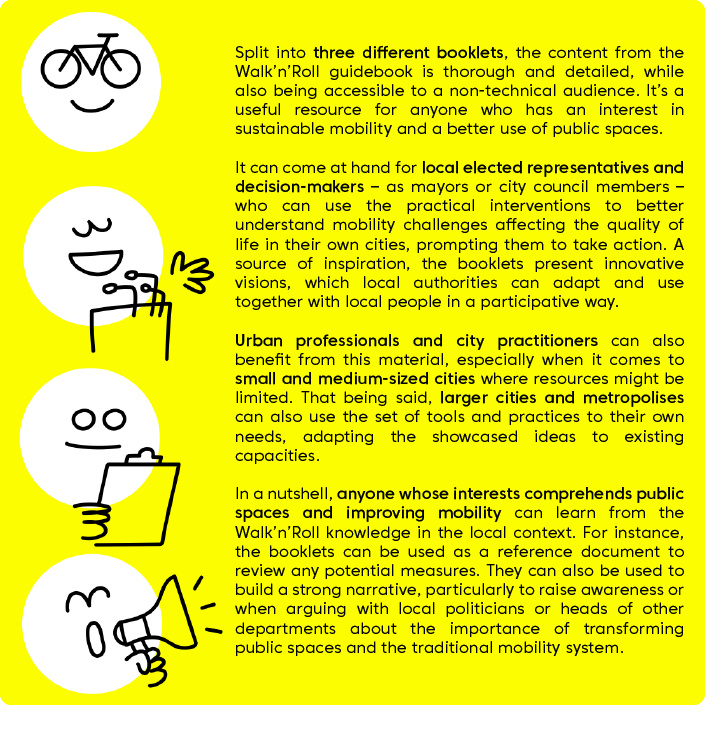
Check out all booklets
-
Walk'n'Roll - all booklets(PDF, 19Mo)

